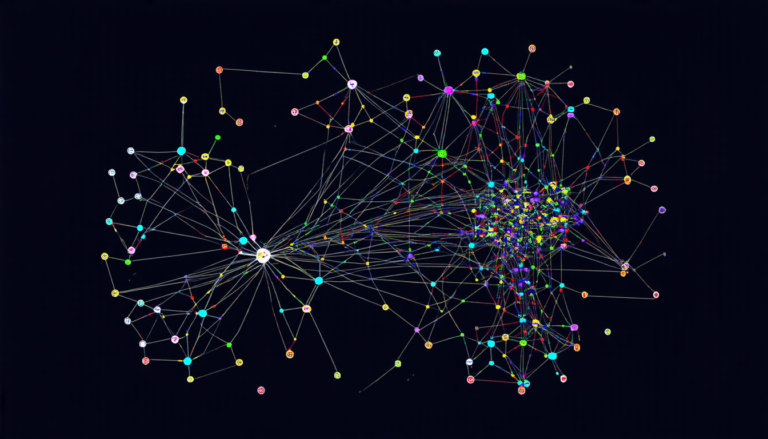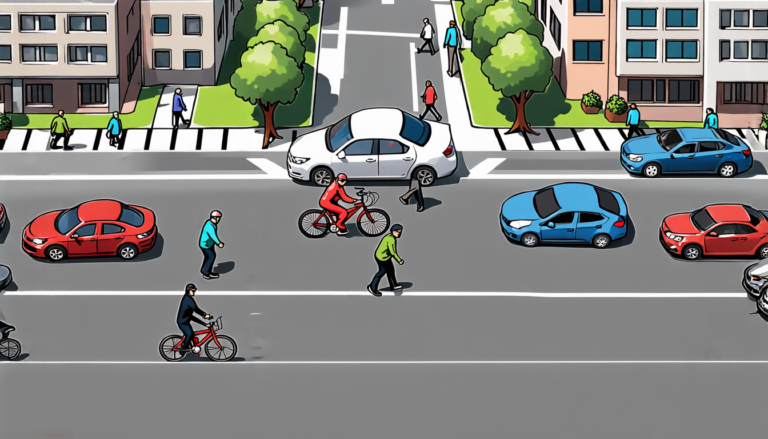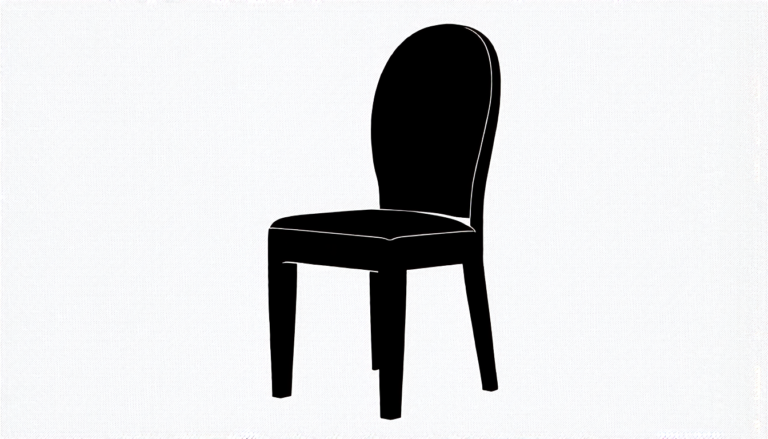Friday 01 August 2025
Scientists have been working tirelessly to develop a way to identify the source of deepfake images, which are manipulated photos or videos that appear to be real but are actually fabricated using artificial intelligence (AI). These altered images can be used for nefarious purposes such as spreading misinformation or identity theft.
The problem with identifying deepfakes is that AI algorithms are becoming increasingly sophisticated, making it difficult to detect the subtle differences between a genuine image and a manipulated one. To combat this issue, researchers have developed a new method called Counterfactually Decoupled Attention Learning (CDAL).
CDAL works by analyzing the attentional visual traces left behind by AI algorithms when generating deepfakes. These traces are like digital fingerprints that reveal the source model used to create the image. By isolating these fingerprints, CDAL can accurately identify the original source of the image.
The method involves training a neural network to learn the causal relationships between the attentional visual traces and the source model attribution. This is done by creating a large dataset of deepfake images with known sources and having the network predict the source based on the visual traces.
In experiments, CDAL outperformed existing methods in identifying the source of deepfakes, even when using novel attacks that were designed to evade detection. The method also showed robustness against different types of deepfake generation algorithms and image editing techniques.
The implications of this research are significant. With CDAL, law enforcement agencies and fact-checking organizations will have a powerful tool to verify the authenticity of images and videos, helping to combat the spread of misinformation online. Additionally, CDAL can be used to identify the source of manipulated images and videos in fields such as finance, healthcare, and journalism.
One of the key advantages of CDAL is its ability to adapt to new AI algorithms and image editing techniques. As deepfake technology continues to evolve, CDAL will be able to learn from these changes and improve its detection capabilities accordingly.
In addition to identifying the source of deepfakes, CDAL also has the potential to help develop more advanced AI algorithms that can generate realistic images and videos without being manipulated by malicious actors. By understanding how AI algorithms create attentional visual traces, researchers can design more secure AI systems that are less susceptible to manipulation.
Overall, CDAL represents a significant step forward in the fight against deepfakes and has far-reaching implications for various fields where image authenticity is crucial.
Cite this article: “Cracking the Code: Researchers Develop New Method to Identify Deepfake Images”, The Science Archive, 2025.
Deepfakes, Ai, Image Manipulation, Misinformation, Identity Theft, Attentional Visual Traces, Cdal, Neural Networks, Source Attribution, Authenticity Verification







